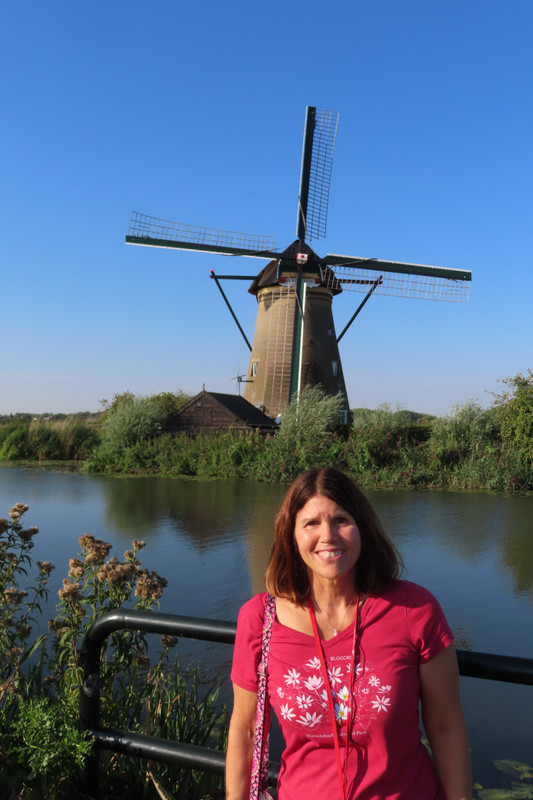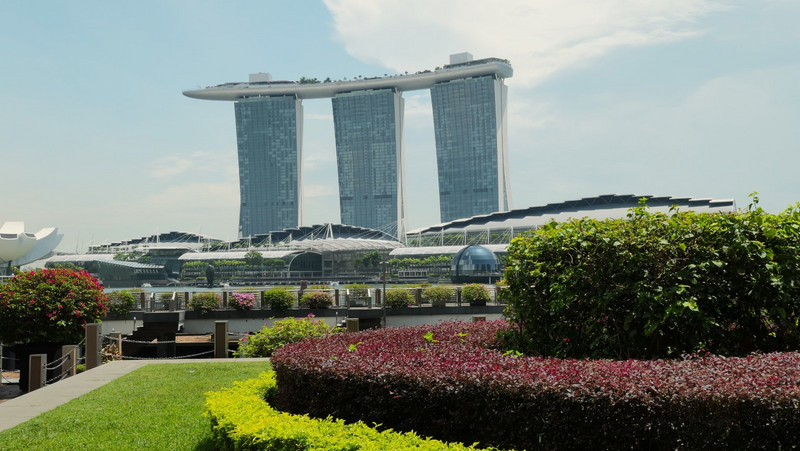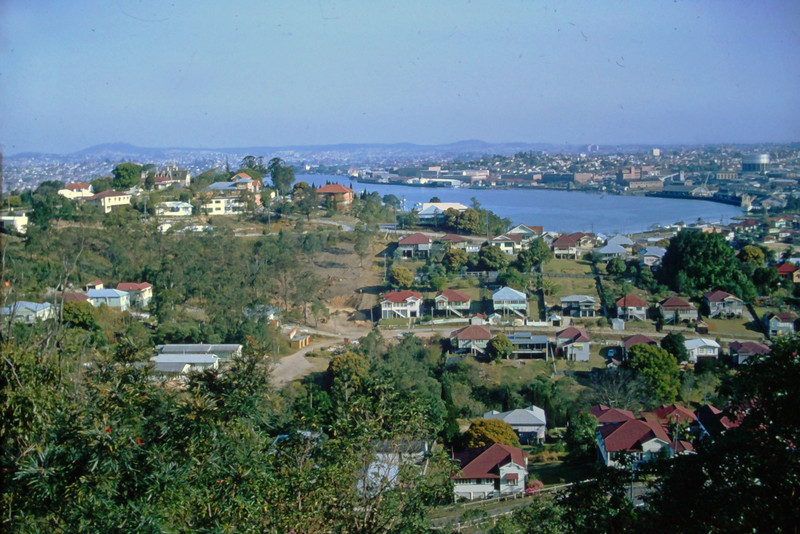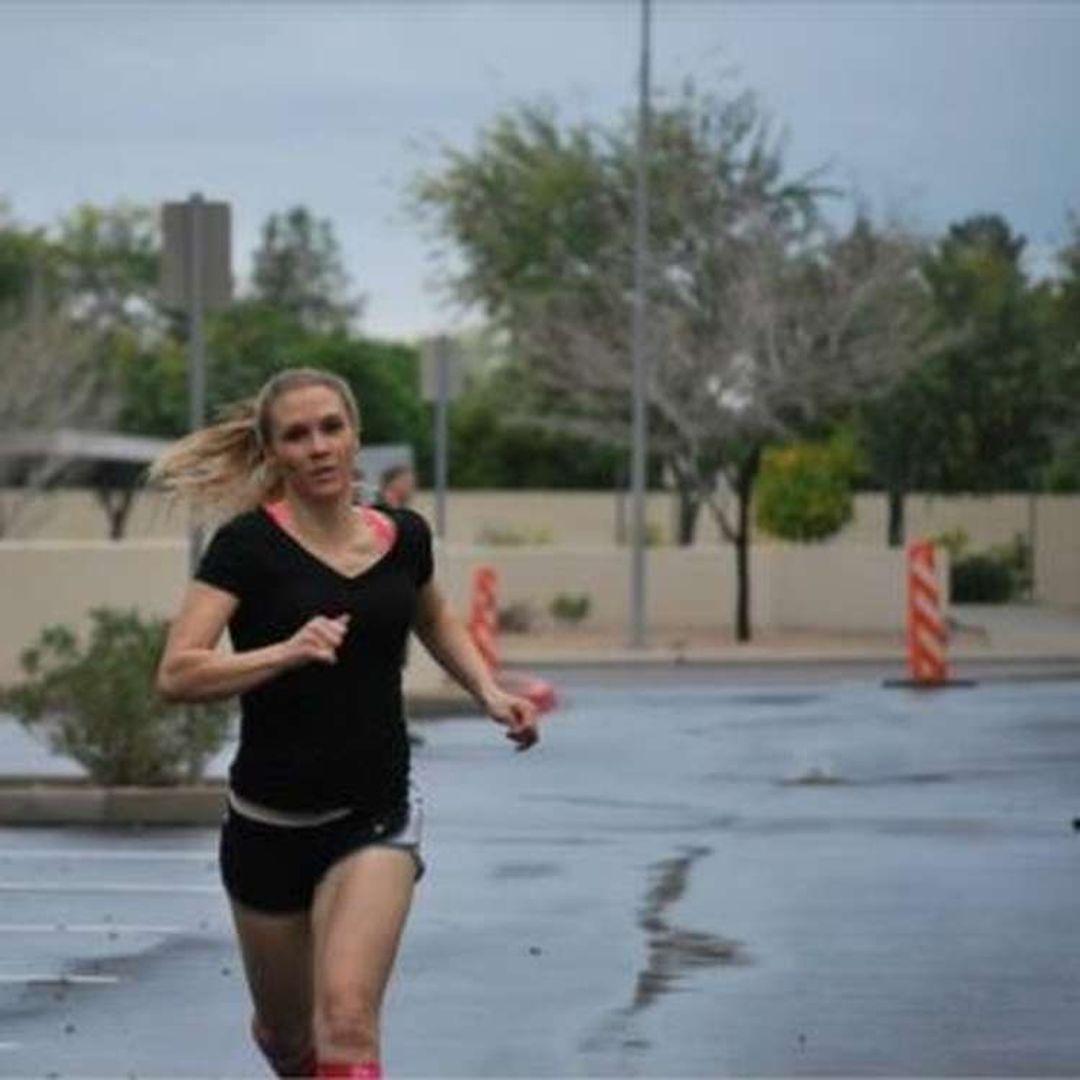We woke this morning to find the ship has left Amsterdam and we are about to dock in Kinderdijk. We both had a great nights sleep and have recovered from any jet lag. We are ready to take on the world or at least the Netherlands and begin our vacation in earnest. After a quick breakfast, we were ready to begin our walking tour of the Kinderdijk windmills at 8:30.
Our local tour guide Ben is a volunteer for a windmill preservation group, and is very knowledgeable about these water pump type windmills. There are other windmills in eastern Netherlands that are used as actual mills to mill grain, but these windmills in Kinderdijk are water pumping windmills used to reclaim land that is below sea level since about 40 percent of the Netherlands and 100 percent of the regions North and South Holland are below sea level.
Since about the 14th century, the Netherlands have been trying to reclaim land through a series of dikes and gates. Since the local rivers are near the ocean, they are tidal, where the water level rises and falls with the tides. Originally, the land to be reclaimed was surrounded by dikes,
with a gate that would be opened at low tide to drain water from the dike basin, and then closed to prevent the high tide from flooding the basin. By 1738, a canal had been dug by hand, and a series of windmill pumps were built to pump water out of the lower basin up a distance of 1.5 meters and into the river. This worked well, and a second 2.5 mile canal was built and the water from the lower basin was pumped up the 1.5 meters to the upper basin, and another series of windmill pumps were built to pump the water up a distance of 1.5 meters from the upper basin to the river.
This worked well until the early 19th century when the windmill pumps were replaced with steam driven mechanical pumps, and eventually in the early 20th century the steam engines were replaced with electric engines. The electric engine pumps are still preserved in one of the pump buildings. In modern times, the electric pumps were replaced with modern diesel pumps that can raise the water level 4 meters directly without the need of the lower and upper basins, and the windmills have
We were also given a chance to tour an actual windmill and climb inside most of the way up to the top. There are some living quarters inside the windmill itself, as someone must be inside the windmill operating it whenever it is actually spinning. The blades themselves have an attachable cloth sail to increase the blade area so that the windmills can operate in both low wind and higher wind conditions. Sails can be attached fully, partially, or not at all in various wind conditions. Outside, at the back of the windmill is a huge wheel called the brake that can be turned to apply pressure to the upper gear with a series of wood blocks to slow and eventually stop the blades if they are rotating too fast, or if maintenance is needed.
Needless to say, the engineer in me was fascinated by both the technical aspects of the windmill itself and the process of water management in the Netherlands. We had seen a similar windmill, except it was used for milling grain, in Holland, MI while on our motorcycle trip in 2017. The one in Holland, MI was
an actual 18th century windmill, purchased in the Netherlands, disassembled and ship to Holland, MI as a tourist attraction in the 1960s.
The town of Kinderdijk, which means Childs Dike, supposedly gets its name from a legend of a basket floating in the river, with a cat standing on the basket moving back and forth to keep it from flipping over and sinking. When the basket and the cat were retrieved, inside the basket was discovered an infant, that the cat had prevented from drowning. While a heartwarming origin legend, Ben was quick to point out, that the cats movement was as much a method of as child rescue, and that the same legend is supposed to have occurred in several other local cities at about the same time.









